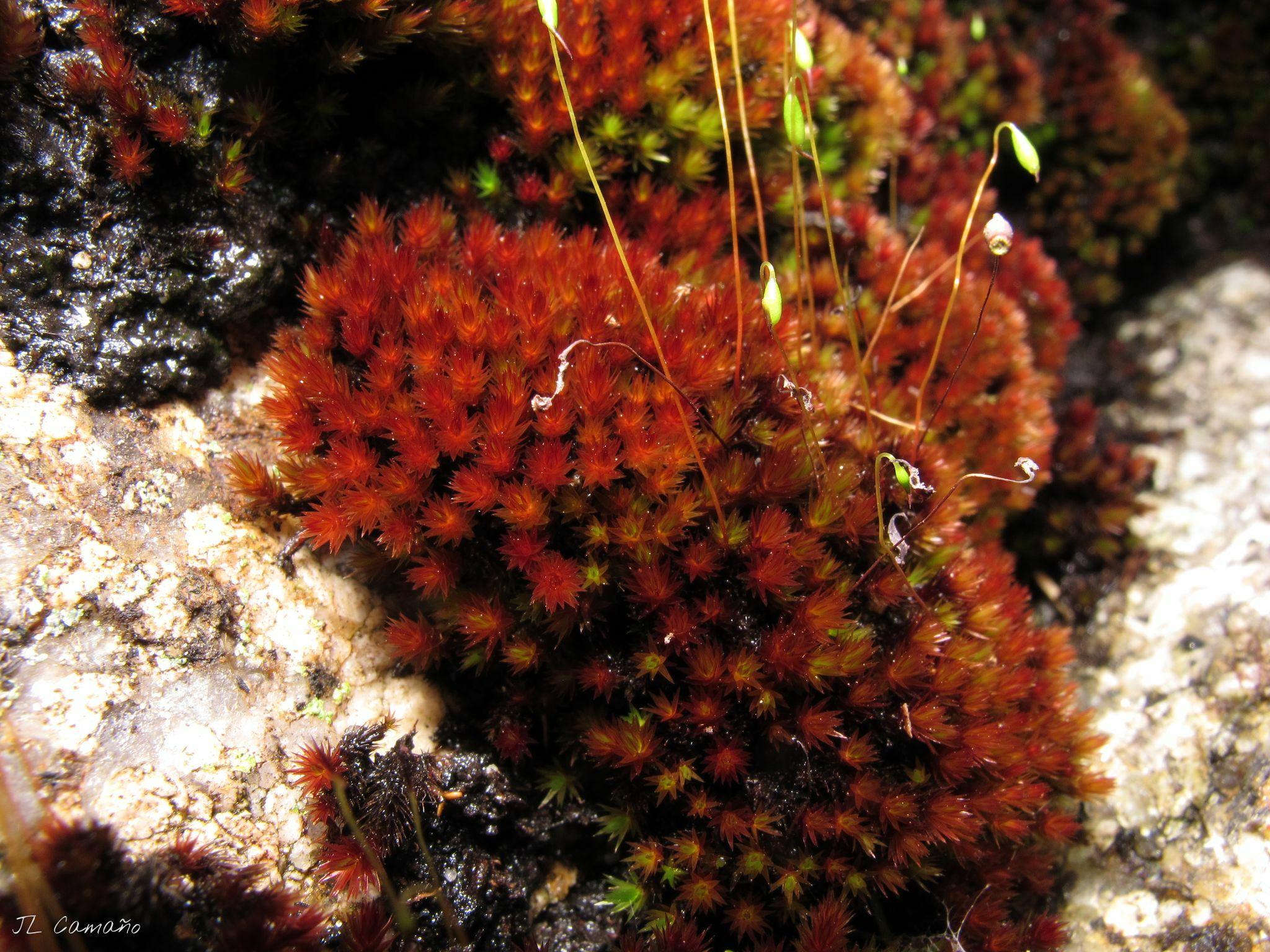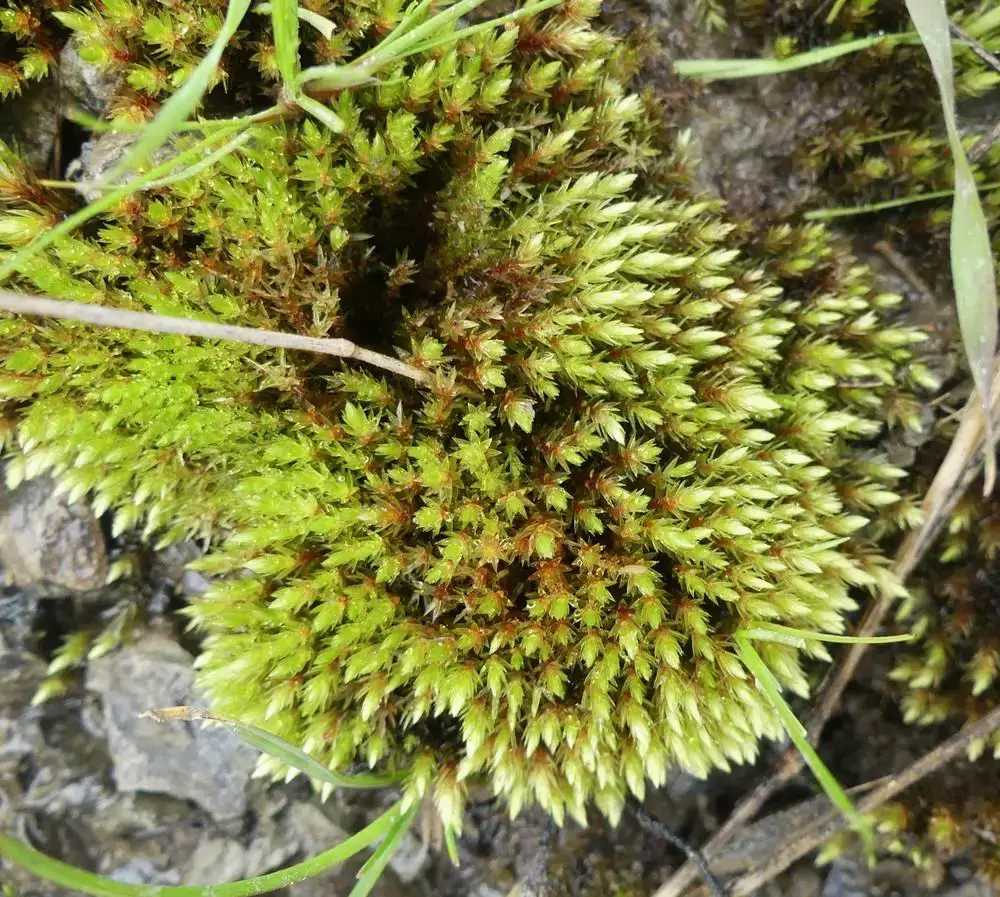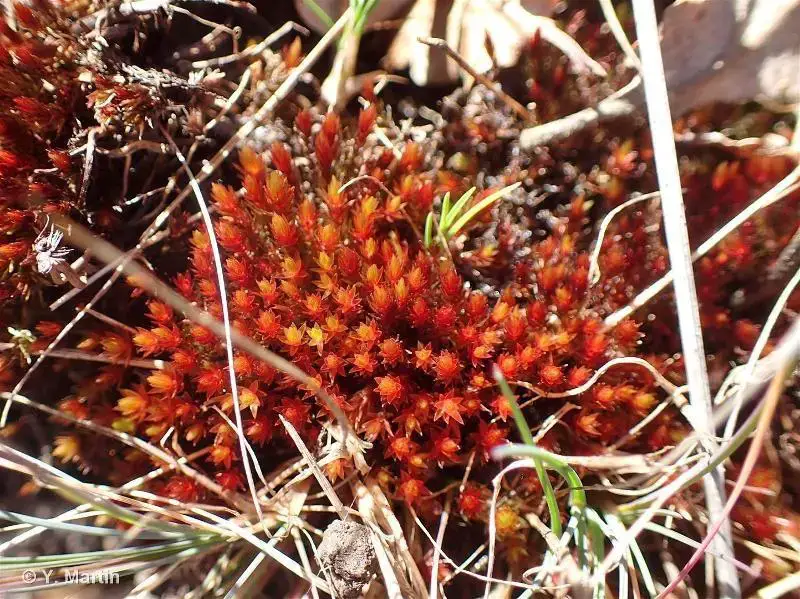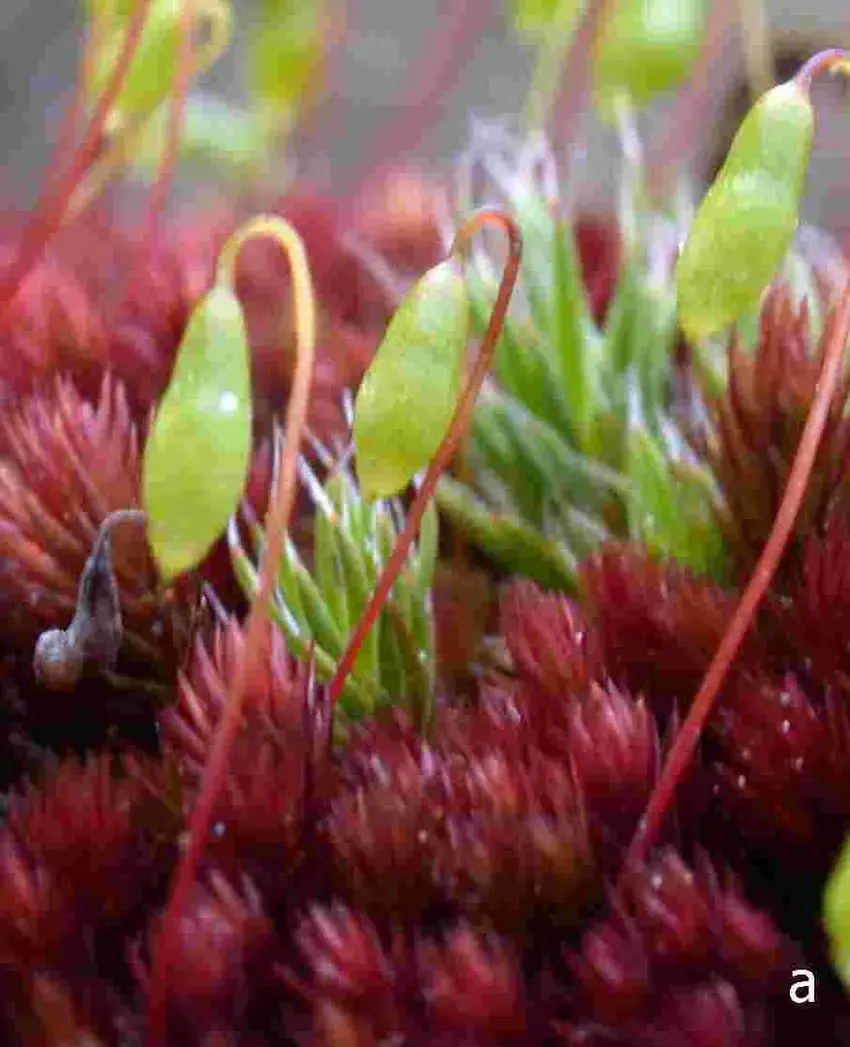
ALPINUM-C.jpg from: https://www.britishbryologicalsociety.org.uk/learning/species-finder/bryum-alpinum/
Introduction
The world of bryophytes, or non-vascular plants, is a fascinating one, and among its members is the unassuming yet remarkable Bryum alpinum Huds. ex With. moss. This tiny plant, belonging to the Bryaceae family and commonly known as Bryum, is a true marvel of nature, thriving in some of the harshest environments on Earth.
Background
Before delving into the specifics of Bryum alpinum, it’s essential to understand the broader context of bryophytes. These ancient plants, which include mosses, liverworts, and hornworts, have been around for over 400 million years and are among the oldest land plants on the planet. Despite their diminutive size, they play a crucial role in various ecosystems, acting as pioneers in colonizing new habitats and contributing to soil formation.
Main Content
Morphology and Identification
Bryum alpinum is a small, tufted moss that forms dense cushions or mats. Its leaves are ovate-lanceolate in shape, with a distinctive reddish-brown color at the base and a green tip. The sporophytes, or reproductive structures, are easily recognizable, with a reddish-brown seta (stalk) supporting a pendulous capsule that is curved

original.jpg from: https://www.gbif.org/es/species/2676860
and elongated.
Global Distribution and Habitat
This hardy moss is truly a cosmopolitan, found on every continent except Antarctica. It thrives in a wide range of habitats, from alpine and arctic regions to temperate zones. Bryum alpinum is particularly well-adapted to harsh, nutrient-poor environments, such as rocky outcrops, gravel, and disturbed areas.
Ecological Roles and Adaptations

60805027.jpg from: https://waarnemingen.be/waarneming/view/259027910
Despite its small stature, Bryum alpinum plays a vital role in its ecosystems. It acts as a pioneer species, colonizing bare areas and facilitating the establishment of other plants. Additionally, its dense mats help to

381964.jpg from: https://inpn.mnhn.fr/espece/cd_nom/435975
retain moisture and prevent soil erosion, making it an invaluable ally in fragile environments.
One of the key adaptations that allow Bryum alpinum to thrive in such extreme conditions is its ability to desiccate and revive when water becomes available. This remarkable trait, known as poikilohydry

Figura-11-Espectro-de-cores-na-divisao-Bryophyta-a-Bryum-alpinum-b-Pleurochaete.png from: https://www.researchgate.net/figure/Figura-11-Espectro-de-cores-na-divisao-Bryophyta-a-Bryum-alpinum-b-Pleurochaete_fig7_258913987
, enables the moss to survive prolonged periods of drought and rapidly resume growth when conditions improve.
Case Studies/Examples
The resilience of Bryum alpinum is exemplified in its ability to colonize some of the most inhospitable environments on Earth. For instance, it has been found growing on volcanic ash in Iceland, mine tailings in Canada, and even on the weathered remains of ancient buildings in Europe.
Technical Table
| Characteristic | Description |
|---|---|
| Phylum | Bryophyta |
| Class | Bryopsida |
| Order | Bryales |
| Family | Bryaceae |
| Genus | Bryum |
| Species | Bryum alpinum Huds. ex With. |
| Common Name | Alpine Thread Moss, Bryum |
| Growth Form | Tufted, cushion-forming |
| Leaf Shape | Ovate-lanceolate |
| Leaf Color | Reddish-brown base, green tip |
| Sporophyte | Reddish-brown seta, pendulous curved capsule |
| Habitat | Alpine, arctic, temperate zones, rocky outcrops, gravel, disturbed areas |
| Adaptations | Poikilohydry, desiccation tolerance |
Conclusion
Bryum alpinum Huds. ex With., or simply Bryum, is a true testament to the resilience and adaptability of nature. This unassuming moss has conquered some of the harshest environments on the planet, thriving where few other plants can survive. Its ability to desiccate and revive, coupled with its role as a pioneer species, make it an invaluable component of many ecosystems. As we continue to explore and appreciate the wonders of the natural world, perhaps we can find inspiration in the tenacity of this tiny, yet remarkable, moss.
Thought-provoking question: In a world where human activities are increasingly impacting the environment, how can we better protect and preserve the delicate balance of ecosystems, ensuring that resilient species like Bryum alpinum continue to thrive?